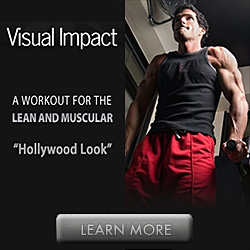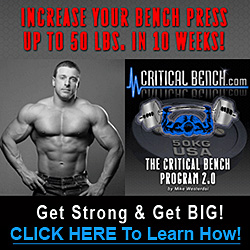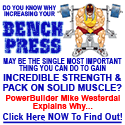The lower body contains some of your biggest muscles which are capable of bearing significant weights. The temptation for beginners to go for broke by performing heavy squats should be resisted. To begin with you should concentrate on building the muscles safely by using machines that isolate muscle groups. The squat is an excellent compound exercise that trains numerous lower body muscles but it is one you should learn properly after spending three months strengthening the individual muscles that will be utilized later.
The muscles of the lower body can be divided into five groups:
1. Quads – this is the big muscle group consisting of four muscles at the front of the thigh. These are the primary muscles used when performing exercises such as squats, leg press, lunge and leg extension.
2. Hamstrings – these are the main muscles at the back of the thigh. These are the primary muscles used when performing leg curls.
3. Gluteals – these are the muscles that make up the buttocks.
4. Hip flexors – these are the small muscles at the front of the pelvis that allow you to raise your legs to the front.
5. Calves – these are the two muscles found in the lower leg.
For beginners these muscles should be exercised as follows:
1. Leg press – 1 set of 10-15 reps. This is a useful exercise for the quads but it also works the hamstrings and glutes to a lesser degree.
2. Leg extension – 3 sets of 10-15 reps. This is a useful exercise for adding definition to the quads.
3. Hamstring curl – 3 sets of 10-15 reps. This exercise isolates the hamstrings.
4. Standing calf raise – 3 sets of 10-15 reps. This exercise works the gastrocnemius muscle.
5. Seated calf raise – 3 sets of 10-15 reps. This exercise works the soleus muscle underneath the gastrocnemius muscle.
As with all exercises you need to take care in scheduling specific body parts. To begin with you should incorporate your lower body exercises into a program similar to the one suggested below:
Day 1: Biceps, Back, Abs
Day 2: Hamstrings, Shoulders, Abs
Day 3: Quads, Forearms, Calves
Day 4: Triceps, Chest, Abs
For the first couple of weeks complete one set but then add one set each week to a maximum of three. At the end of three months you will be ready to move on to more intensive intermediate level exercises.











